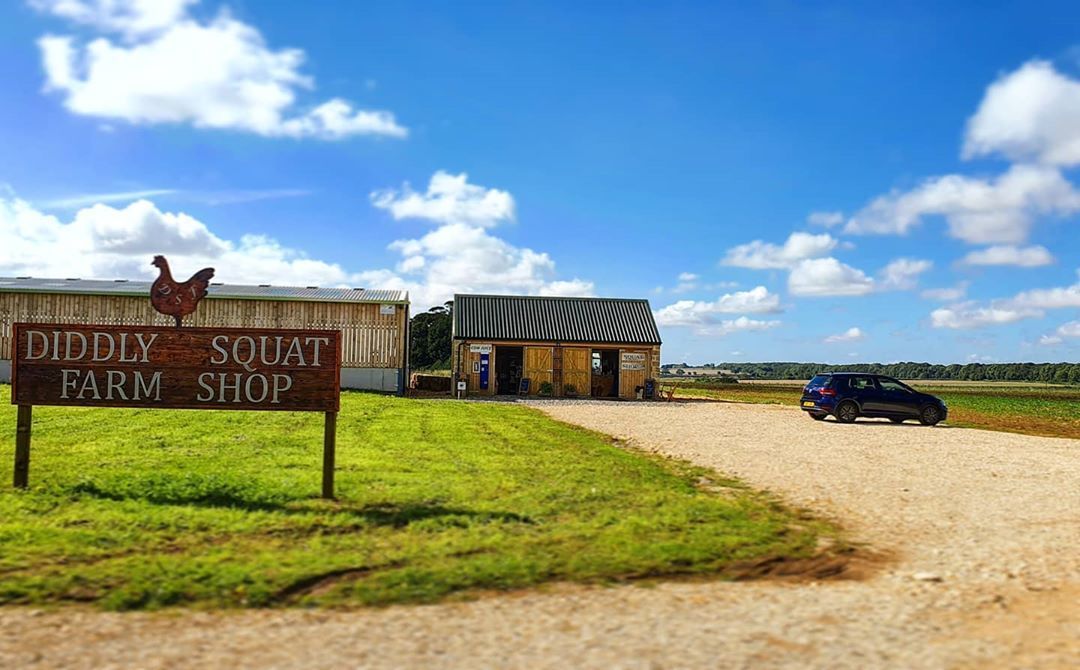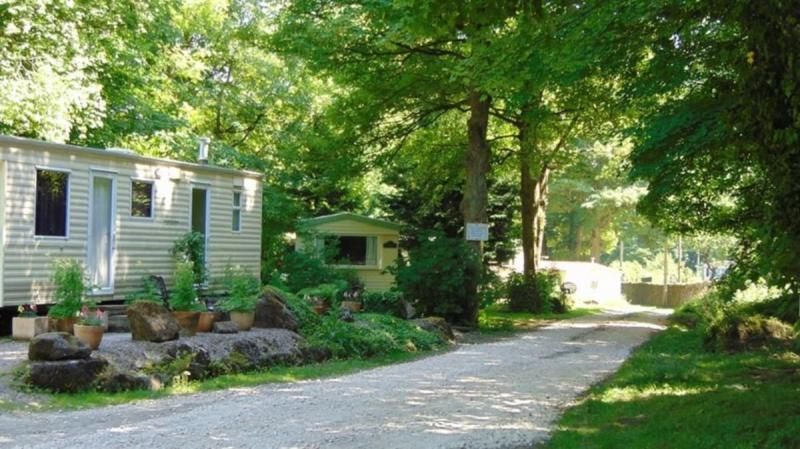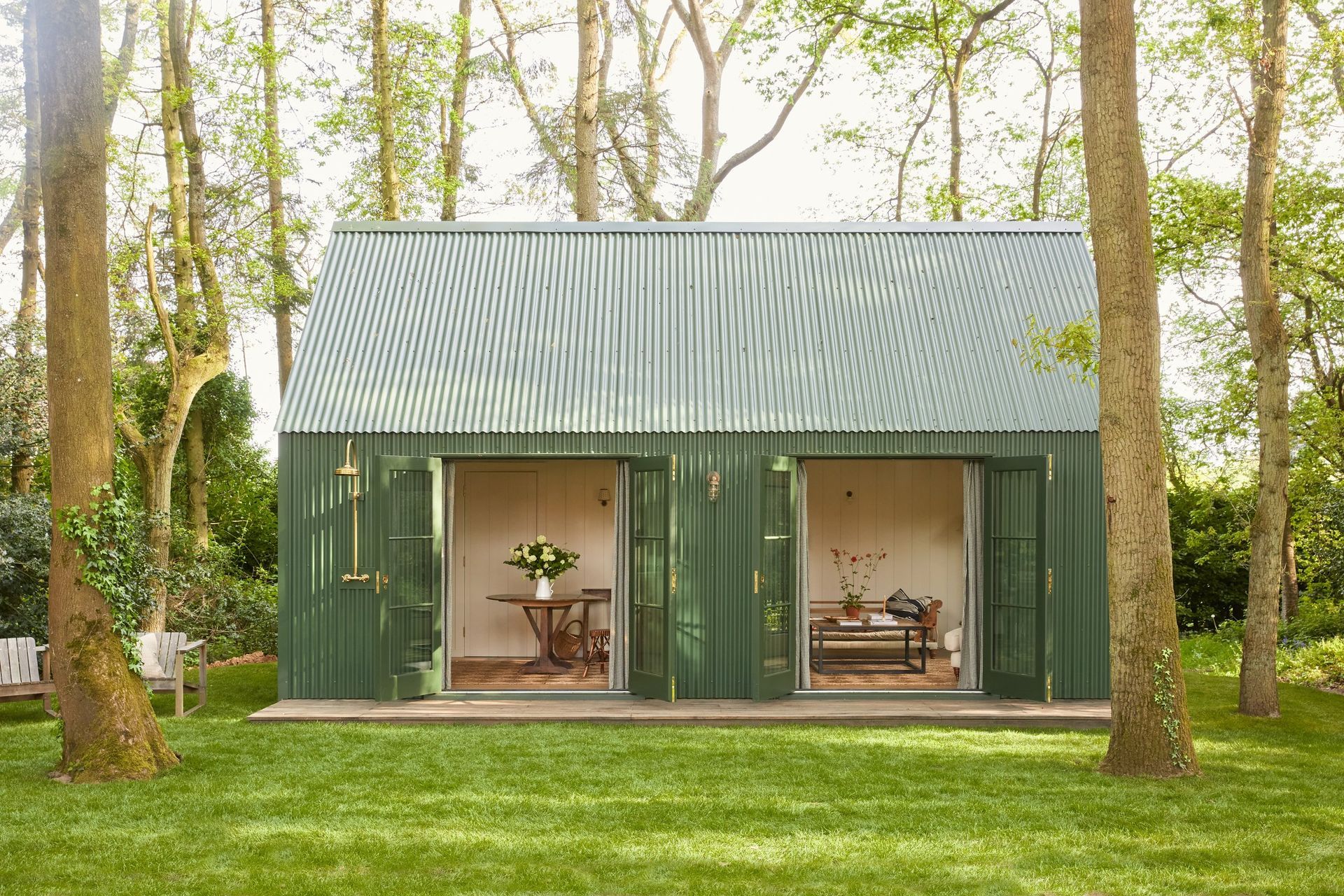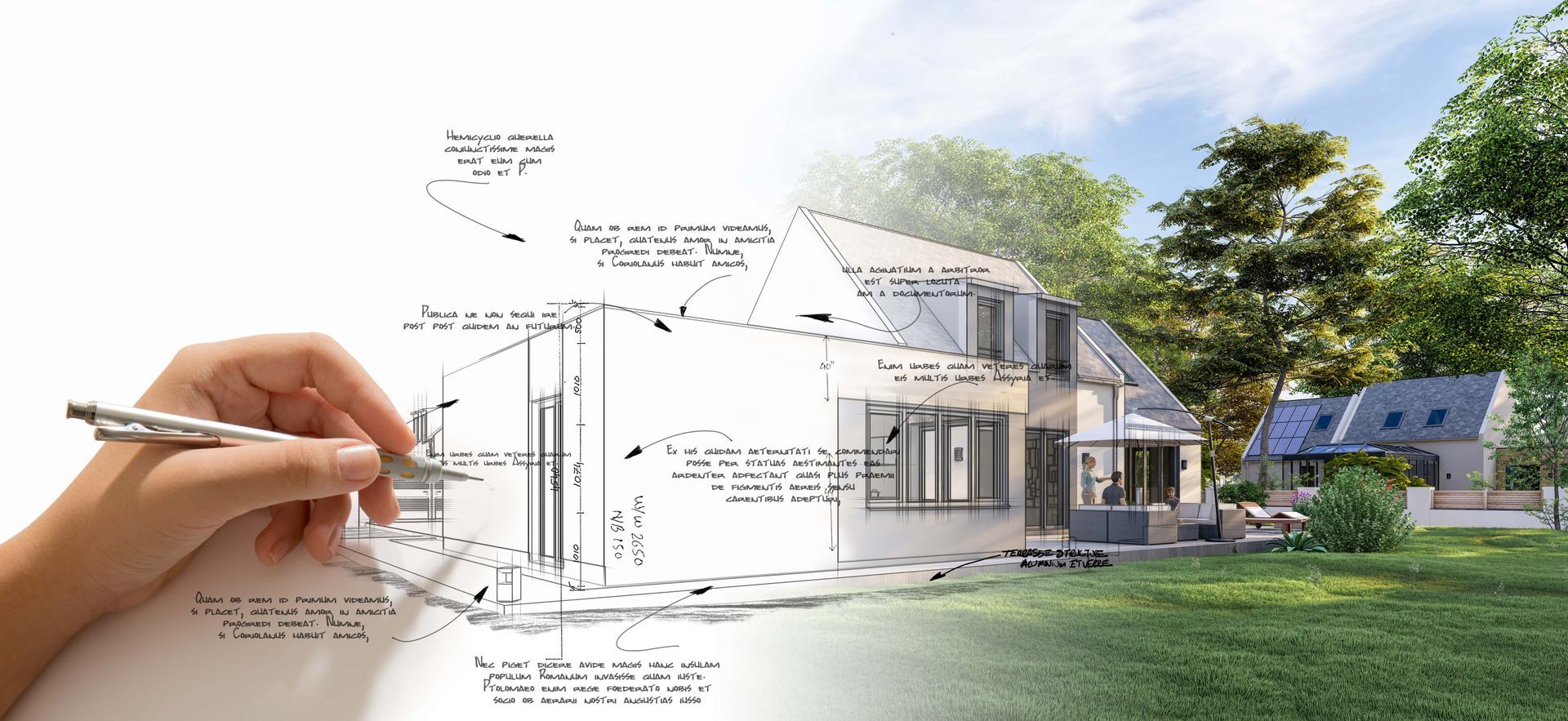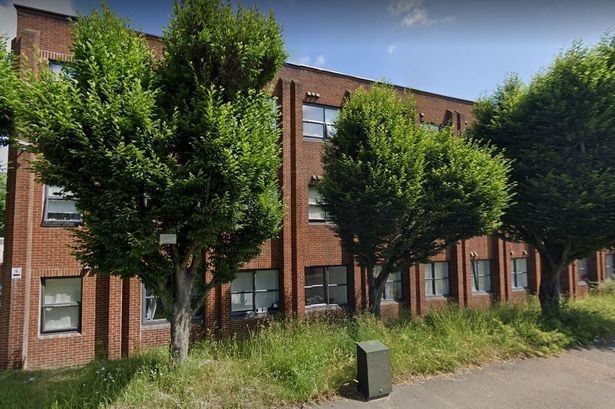"Is an excuse a use"
Jones vs Isle of Anglesey County Council and Another [2024][ EWHC 2582] (Admin)
The council granted hybrid permission (outline and full) for a leisure village near Holyhead in the grounds of a former country home, long since demolished. The permission included the redevelopment of a number of existing estate buildings, including one known as the Bailiff’s Tower, most recently used as a cricket pavilion and clubhouse. Commencement within 5 years was conditioned.
Pursuant to a s106 agreement, the developer brought forward certain matters for further approval, which was granted. The claimant, a local resident and nature warden who had long opposed the development, objected on the basis that the planning permission was, she said, no longer capable of implementation because it had expired.
The particular claim was that the Bailiff’s Tower, which was to have become a visitors centre, had not changed use within 5 years of the permission being granted, as conditioned. This, it was alleged, rendered the entire permission incapable of implementation.
It transpired that, following permission in 2016, work on site was delayed for various reasons. Having discharged certain pre-commencement conditions, and just days before the 5 year time limit expired, the developer submitted a report to demonstrate commencement of the permission. A short pathway had been installed. The Bailiff’s Tower had been tidied up and redecorated and was ready to receive visitors. However, due to Covid 19 restrictions, no visitors were allowed.
These reports were accepted by the council and formed the basis for an officer recommendation to grant the new approvals sought pursuant to the s106 agreement. The claimant challenged the decision.
The case of Impey v SSE [1980] 47 P&CR 157 was considered, where the court had held that actual use was not a legally necessary pre-requisite to a material change of use. Changes of use can take place before actual use commences. For instance, with a house converted to flats, use could be said to have changed when work is completed and the flats are marketed, notwithstanding that they are empty. The approach was followed in Welwyn Hatfield v SSCLG [2011] UKSC 15.
The court decided, following Impey, that it was reasonable to conclude that the change of use of the Bailiff’s Tower had indeed taken place. It was a matter of fact and degree. Both the physical state of the tower and its actual, intended or attempted use were relevant. The lack of actual use was just a factor in the decision, it was not determinative. There was, here, a coherent reason why there was no actual use (Covid 19 restrictions), it was a matter addressed by officers in their report, it was not a choice/fault of the developer and it was entirely reasonable to reach the conclusion that use had changed.
The court also decided that the limited nature of the redecoration (of a single upstairs room, the ground floor looking remarkably cricket pavilion-like, with cricket club signage remaining on the outside) could safely be discounted given the limited nature of the works actually required to cause a change of use and the fact that no external work was authorised by the permission. The work done was sufficient to satisfy the very limited requirements of “commencement” of a permission under s56 TCPA 1990 and conversion of the whole building was not required.
Similarly, the fact that the visitors centre had not reopened after Covid 19 restrictions were lifted was found to be neither here nor there since the question was one of commencement of the permission, not continued use.
It is interesting to note that the court found, albeit obiter, that the permission was not severable (as advice received by the council had suggested). Had the court found that the Bailiff’s Tower had not changed use, the remainder of the holiday village permission could have fallen away. Fortunately for the developer, the court also found that the time limit for the holiday village was in fact greater than 5 years (as it depended on approval of reserved matters) so the severability point was not fatal.
The claimant also argued that the council was at fault for failing to take enforcement action. As the development had an implemented permission, this aspect was dismissed.
By way of commentary, there is nothing particularly new in this decision. The line of cases arising from Impey is well-established and its application to “commencement” cases is clear. But care must be taken to distinguish between such cases and “continuous use” cases based on immunity. In such cases, there is a requirement for actual use and neither Covid 19 nor “intention to use” will make up for a lack of use after it has commenced. The tests are different and neither Impey nor Welwyn Hatfield has any application to such cases. The point was well made in Swale but sadly still comes up at enforcement appeals.
